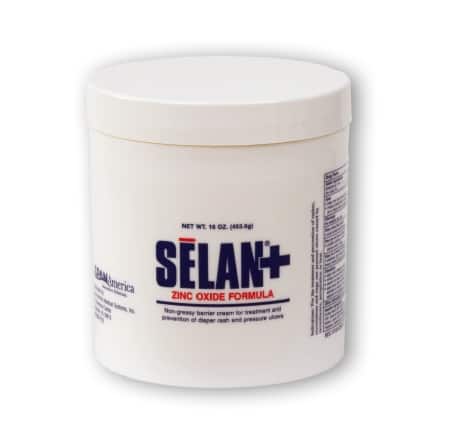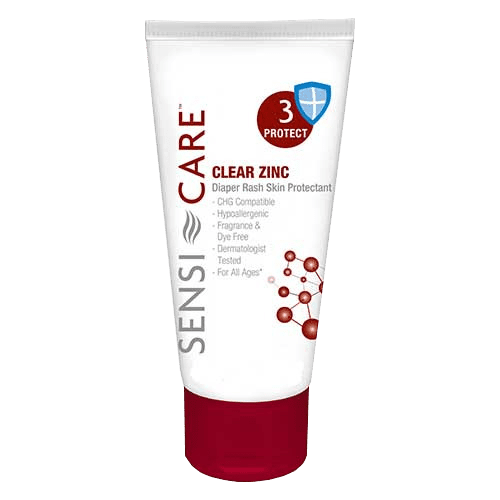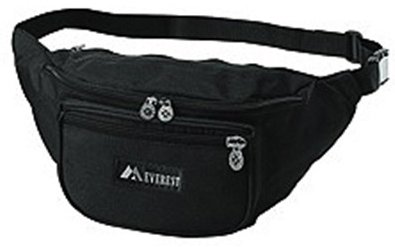Sun safety is critical when heat is rated as the top weather-related killer. Statistics have shown that heat-related fatalities are higher than flooding, lightning, tornadoes, and hurricanes. We have put together some sun safety tips to practice as the days become shorter and the heat scorches us.
Sun Safety Tip #1: Drink More Fluids
 The first sun safety tip is to ensure you drink enough fluids throughout the day regardless of your activity level. If you notice that you are becoming thirsty, you are already dehydrated. Carrying a refillable water bottle is an excellent way to maintain hydration.
The first sun safety tip is to ensure you drink enough fluids throughout the day regardless of your activity level. If you notice that you are becoming thirsty, you are already dehydrated. Carrying a refillable water bottle is an excellent way to maintain hydration.- As we age, the amount of water retained in the body decreases. If you or someone you care for is an older adult, be especially careful to drink sufficient fluids throughout the day.
- Avoid dehydrating beverages like coffee, tea, soda, and alcohol. These beverages contain caffeine and have dehydrating effects on the body.
- Drinking liquids at room temperature when the heat is high outside is favored over ice cold beverages. Consuming very cold liquids can reduce sweat output, contract the blood vessels, and restrict digestion. Chugging ice cold water when you are hot sends warm blood from the extremities and sends it to the stomach. Has your stomach ever hurt right after quickly drinking a cold bottle of water? This is the reason why.
- Try to avoid strenuous exercise on hot days. Opting for an indoor gym or investing in home exercise equipment can keep you cool as you continue to hydrate.
Try this Water Intake Calculator to find out the water you need to be consuming in relation to your weight and the amount of time you exercise.
Sun Safety Tip #2: Keep Your Body Cool
- For sun safety, wear UVA and UVB blocking sunglasses to block harmful ultraviolet rays from reaching your eyes.
- Consider wearing a wide-brimmed hat to keep your head and body cool and shaded from the sun.
- Wear lightweight, loose, and light-colored clothing. Loose-fitting clothing allows air to circulate and evaporate from the skin quickly. Light-colored clothing absorbs less heat since it reflects the light. Black or dark-colored clothing will absorb the light and become hot, making you hot.
- Stay in the shade with an umbrella at the beach for sun safety. Heat continues to build up after noon when the sun is at its highest in the sky. By 3:00 pm, outgoing heat is greater than incoming heat, making it the hottest time of the day.
- In your home, close the shades or curtains where the sun shines the most. Your utility bill will thank you later.
- Consuming cooler and refreshing foods can help keep you cooler. Eating fruits and salads instead of proteins can actually keep your internal body temperature lower. Proteins are more complicated to break down in the body and tend to raise body temperature slightly.

Sun Safety Tip #3: Protect Yourself from the Sun
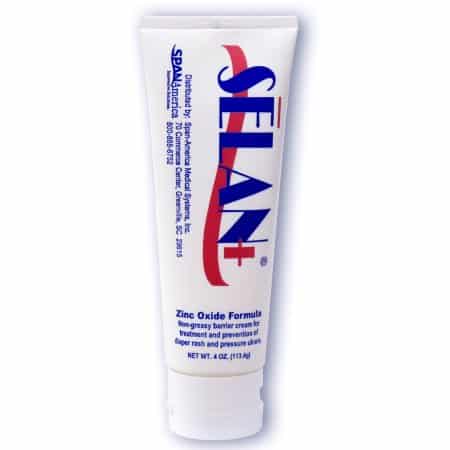 For sun safety, apply a broad-spectrum sunscreen about 15 minutes before going into the sun to protect against UVA and UVB rays. If you are swimming or sweating a lot, reapply this product at least every two hours. Look for products that contain zinc oxide and create a barrier on the skin’s surface to reflect UV rays
For sun safety, apply a broad-spectrum sunscreen about 15 minutes before going into the sun to protect against UVA and UVB rays. If you are swimming or sweating a lot, reapply this product at least every two hours. Look for products that contain zinc oxide and create a barrier on the skin’s surface to reflect UV rays- Wear UV protective clothing to absorb or block harmful UV radiation. Sun-protective clothing is one of the most effective forms of sun safety and protection. REI’s How to Choose Sun-Protection (UPF) Clothing article is an excellent resource that covers what UPF ratings mean, clothing features, and who can benefit.
Sun Safety Tip #4: Stay Alert
- Practicing sun safety includes being aware of your body and its functions. If you are experiencing heavy sweating, rapid pulse, pale or clammy skin, and painful muscle cramps in your abdomen or legs. These could be signs of a heat disorder and may need medical attention. If you think you are experiencing heat exhaustion, it is critical to stop all activity, move to a cool place, and slowly drink fluids. Always contact your doctor if the symptoms do not improve within an hour.
- If you are an older individual or caring for an older adult, it is wise to keep medical information readily available. This includes doctor phone numbers, a list of prescriptions, copies of health insurance cards, and emergency contacts.
Sun Safety Tip #5: Never Leave a Person or Animal in a Vehicle
This may be the most critical sun safety tip of all. Never leave a person or an animal in an unattended vehicle or a vehicle that is not running. It does not matter if the windows are down on a vehicle in extreme heat. It only takes minutes until heatstroke can happen and take a person or animal’s life.
Use this innovative Inside Car Temperature Calculator to see how hot it can get in a vehicle parked in the heat.
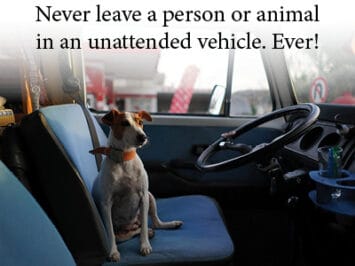
We hope these sun safety tips can help you stay cool and safe in the hot summer months. Browse our skincare products like lotions and skin barrier creams, as well as our electrolyte replenishment drinks and freezer pops to keep you hydrated. And, check out our carrying bags to take everything with you. Make sure to share these sun safety tips with others who may benefit!
Sun Safety Products
Disclaimer: The information provided in this blog is intended for general informational purposes only and should not be considered a substitute for professional medical advice, diagnosis, or treatment.

